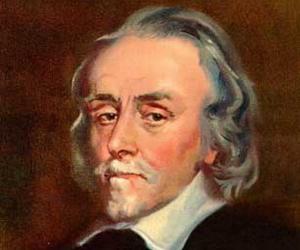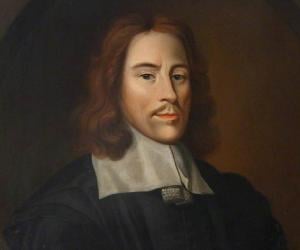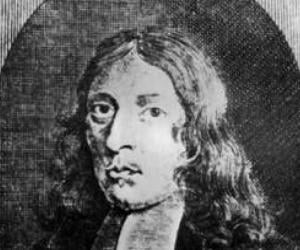The first to discover the entire process of human blood circulation, physician William Harvey was a Royal College of Physicians fellow. He also served as the personal physician of James I. He later worked at the Bartholomew’s Hospital but was replaced for being a staunch monarchist.
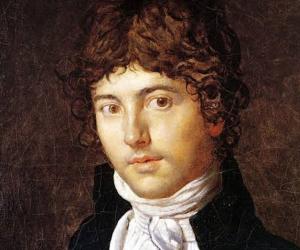
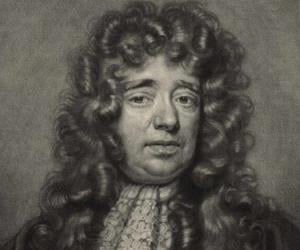
Initially a physician and anatomy professor, William Petty also taught music. However, he later established himself as a noted economist and became famous for his works such as Treatise of Taxes and Contributions. He was a surveyor under Oliver Cromwell and was a pioneer of political arithmetic.
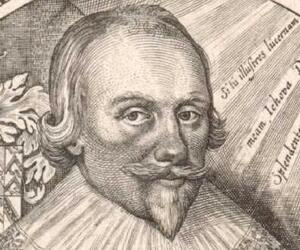
Best remembered for his study of occult philosophy, Robert Fludd, the son of English diplomat Sir Thomas Fludd, was also a physician. However, he was criticized for being a medical professional who believed in magic and defended Rosicrucianism. His other interests included cosmology, astrology, and Freemasonry.
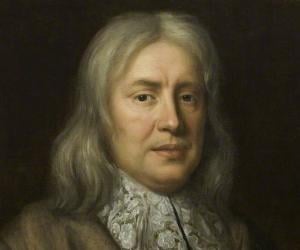
Known as The English Hippocrates for authoring the medicine textbook Observationes Medicae, physician Thomas Sydenham is also remembered for his pathbreaking research on gout and scarlet fever. He also discovered St. Vitus’ dance, or Sydenham’s chore; believed in nosological classification of ailments; and popularized the use of quinine for treating malaria.
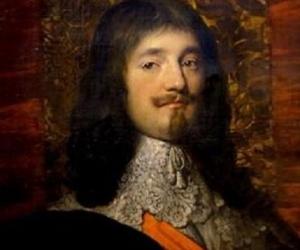
Anglo-Welsh metaphysical poet Henry Vaughan was a major literary figure of the Commonwealth period and is best remembered for Silex Scintillans. While he initially studied law, the Civil War disrupted his studies and he was called back home to serve Sir Marmaduke Lloyd. He was also a practicing physician.
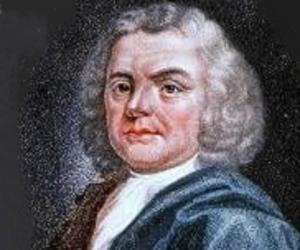
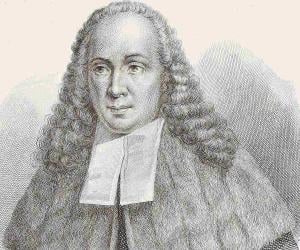
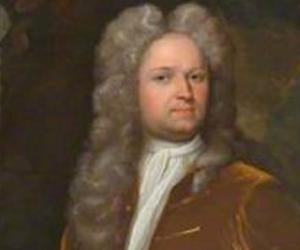

Seventeenth-century German physician and traveler Engelbert Kaempfer had been on trade missions across the world, including places such as Russia, Iran, Java, and Japan. His written experiences about his stay in Japan became a valuable source of information on the flora and fauna of the country.
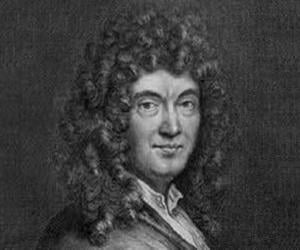
French architect Claude Perrault is best known for his design of the Louvre’s eastern façade. Trained in math and medicine, he began his career as a physician. He was also part of the Academy of Sciences. Apart from designing the Colonnade, he had also designed the Paris Observatory.
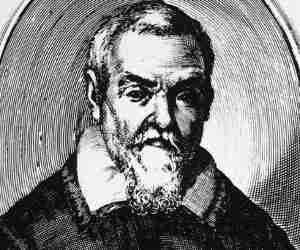
Santorio Santorio was an Italian physician, physiologist, and professor. He is best remembered for inventing several medical devices during his lifetime. He was the first person to use a water current meter, a wind gauge, and a thermoscope. Among his best known work is De Statica Medicina, which is credited with influencing generations of physicians.
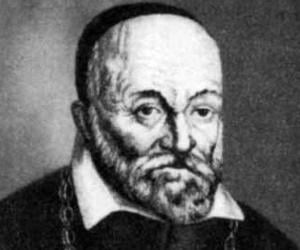
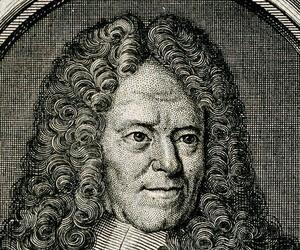
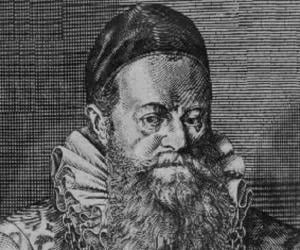
Born to a French physician in Switzerland, Gaspard Bauhin was a qualified physician himself and later made some of the most significant contributions to the classification of plants. Known for his Pinax theatri botanica, he also provided one of the initial descriptions of the ileocecal (or Bauhin’s) valve.

Thomas Bartholin was a Danish physician, theologian, and mathematician. He is best remembered for discovering the lymphatic system in human beings. Thomas Bartholin is also known as the first person to scientifically describe refrigeration anesthesia, which is widely used today, especially while performing major amputations of the limbs.
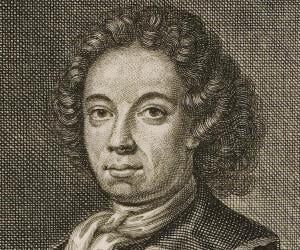
Remembered as the “mad scientist,” Johann Konrad Dippel is considered by many as the person who had inspired Mary Shelley to write Frankenstein. He used the pseudonym Christianus Democritus to write various scientific texts and claimed his concoction Dippel's oil was the "elixir of life" that promised immortality.
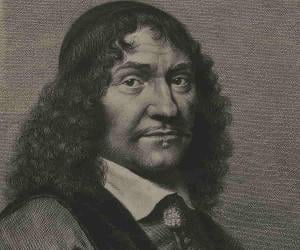
Franciscus Sylvius was a Dutch scientist and physician. He is credited with establishing the first academic chemical laboratory in 1669. He is also credited with founding the Iatrochemical School of Medicine. Many of Franciscus Sylvius' students like Reinier de Graaf, Jan Swammerdam, and Niels Stensen went on to become notable personalities in their respective fields.
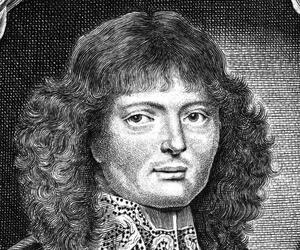
Reinier de Graaf was a Dutch physician, anatomist, and physiologist. He is credited with making important discoveries in reproductive biology. De Graaf, who specialized in iatrogenesis and iatrochemistry, was the first to develop a syringe. He did so to inject dye into the reproductive organs of the human body to understand their structure and function.
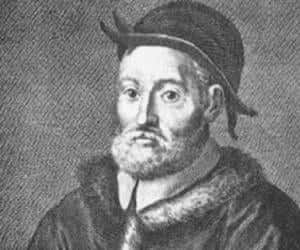
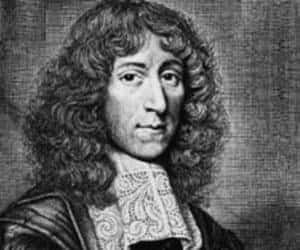
John Mayow is said to have discovered oxygen as piritus nitroaereus about a century before the existence of Antoine-Laurent Lavoisier and Joseph Pristley. Though he initially studied law, he later switched to practicing medicine and is remembered for his contribution to pneumatic chemistry. He was named a Fellow of The Royal Society.


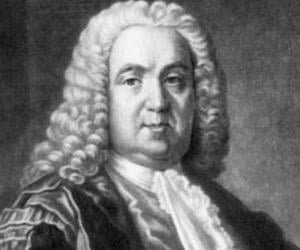
Eighteenth-century English doctor Richard Mead is remembered for his study on transmissible diseases such as smallpox, scurvy, and measles. He also wrote on the treatment of snake venom victims. An avid reader, he owned a huge collection of books, too. A satirized version of his character appears in Tristram Shandy.
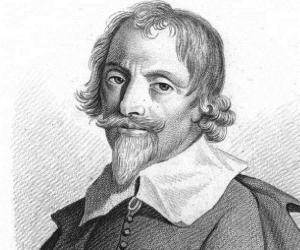
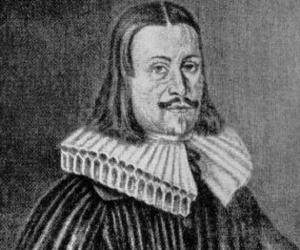
Andreas Libavius was a German professor and physician. He was a renaissance man known for practicing alchemy. He wrote a book called Alchemia, one of the first chemistry textbooks ever written. He taught history and poetry at the University of Jena and later became a physician at the Gymnasium in Rothenburg. He also founded the Gymnasium at Coburg.
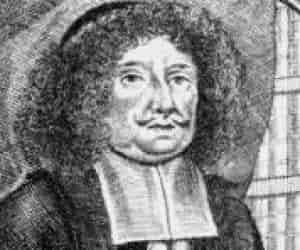
Johann Joachim Becher was a German physician, alchemist, scholar, and adventurer. He is remembered for his development of the phlogiston theory of combustion. He also played a role in the advancement of Austrian cameralism. A brilliant man, he was appointed professor of medicine at the University of Mainz. He also served as the physician to the elector of Bavaria.
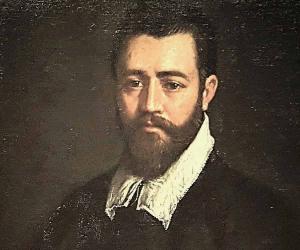
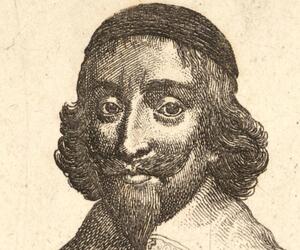
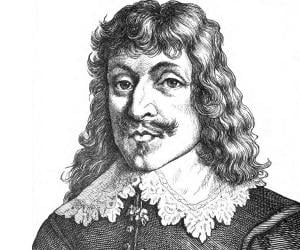
Seventeenth-century lyrical poet Paul Fleming was also a skilled physician. A disciple of Martin Opitz, he composed love poems and religious hymns. He was also the first German to make use of the sonnet form effectively. He had also been a merchant in Russia and Iran for several years.
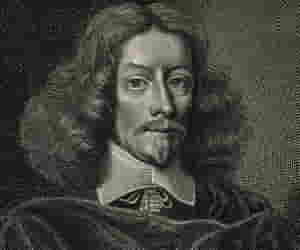
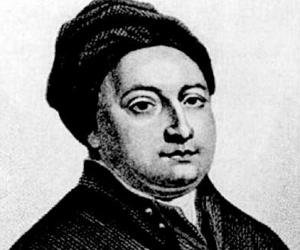
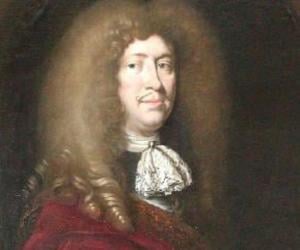
Rasmus Bartholin was a Danish grammarian and physician. He is best remembered for his discovery of the double refraction of a ray of light by Iceland spar. Rasmus Bartholin is also remembered for his association with the University of Copenhagen where he served as a professor of Geometry and Medicine.
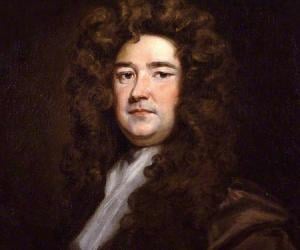
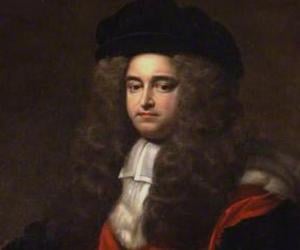
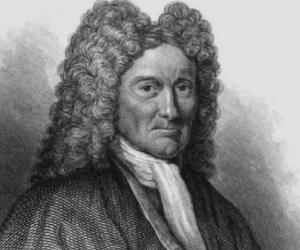
Robert Sibbald was a Scottish antiquary and physician best known for his study of whales. Sibbald was the first person to give a scientific description of the blue whale, which was originally named after him. Robert Sibbald is also remembered for his association with the University of Edinburgh where he served as the first professor of medicine, starting from 1685.
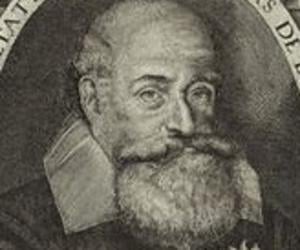
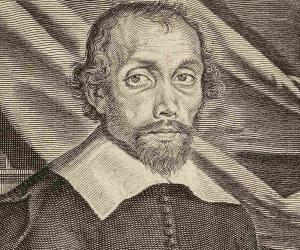
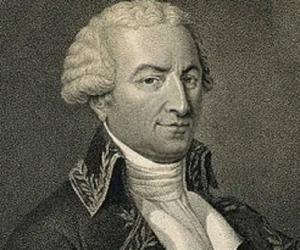
Starting his career as a botany demonstrator at the Jardin du Roi, French botanist Antoine de Jussieu later went on to establish his own principles of plant classification. He also taught at the Muséum National d’Histoire Naturelle and practiced medicine, mostly treating the poor and the needy.
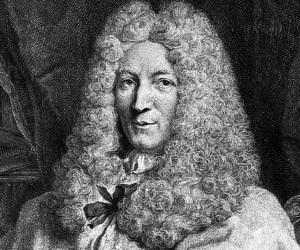
Étienne François Geoffroy, also known as Geoffroy the Elder, initially wished to be an apothecary but later deviated to medicine. He is best remembered for his tables of "affinities" that showcased fixed attraction between various chemical bodies. He also dismissed the idea of the philosopher’s stone as a myth.
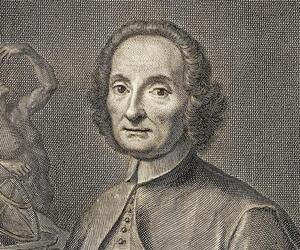


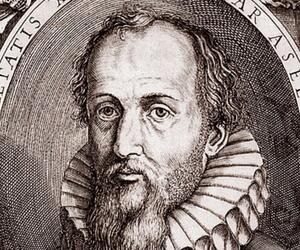


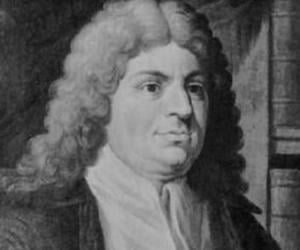

Welsh physician and grammarian Siôn Dafydd Rhys penned the first Welsh grammar in Latin. Initially a doctor in Cardiff, he also wrote extensively on bardic poetry. He also wrote a long history of Britain. However, his works have been criticizing for forcibly trying to mingle Welsh language and Latin grammar.
